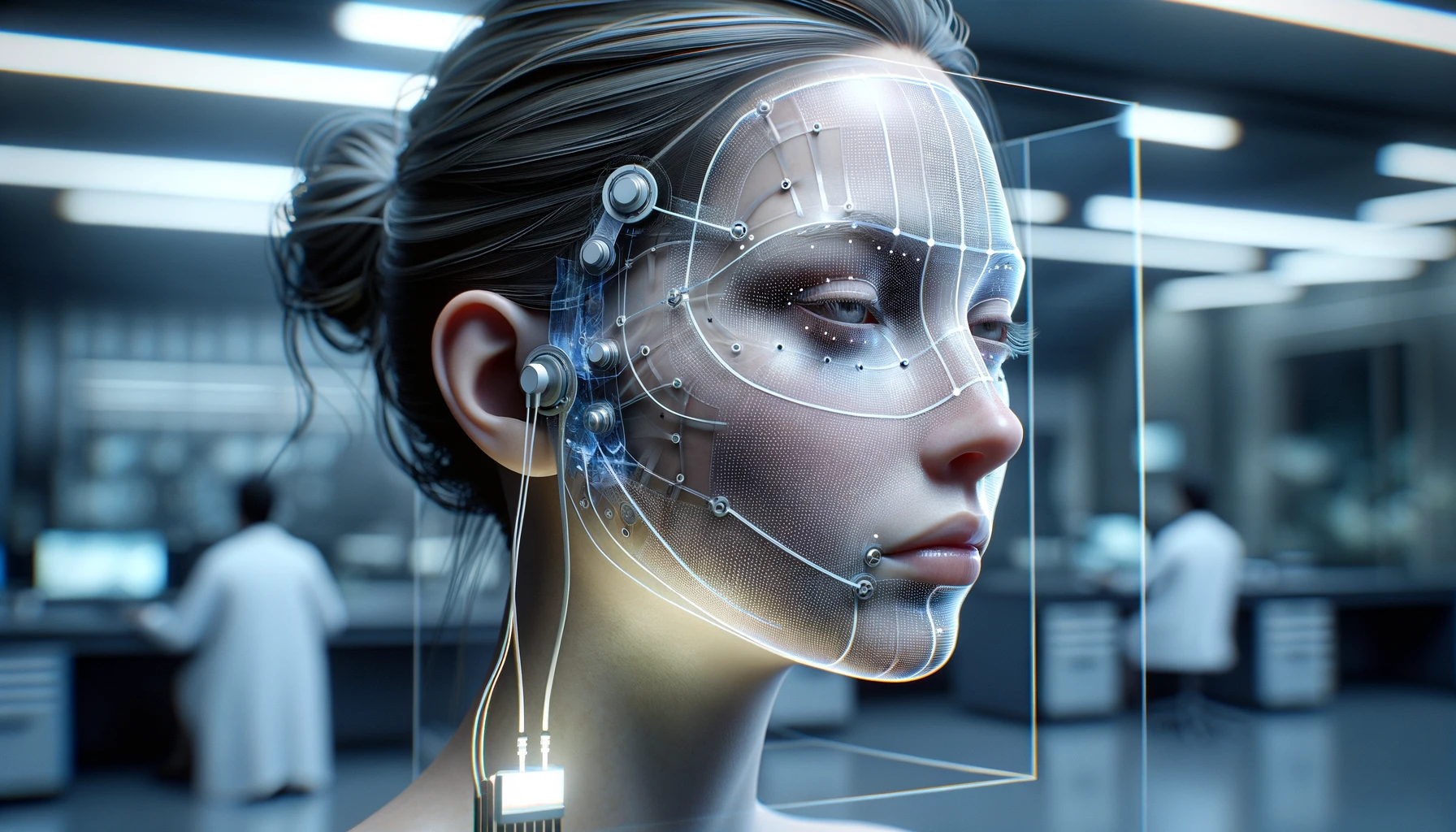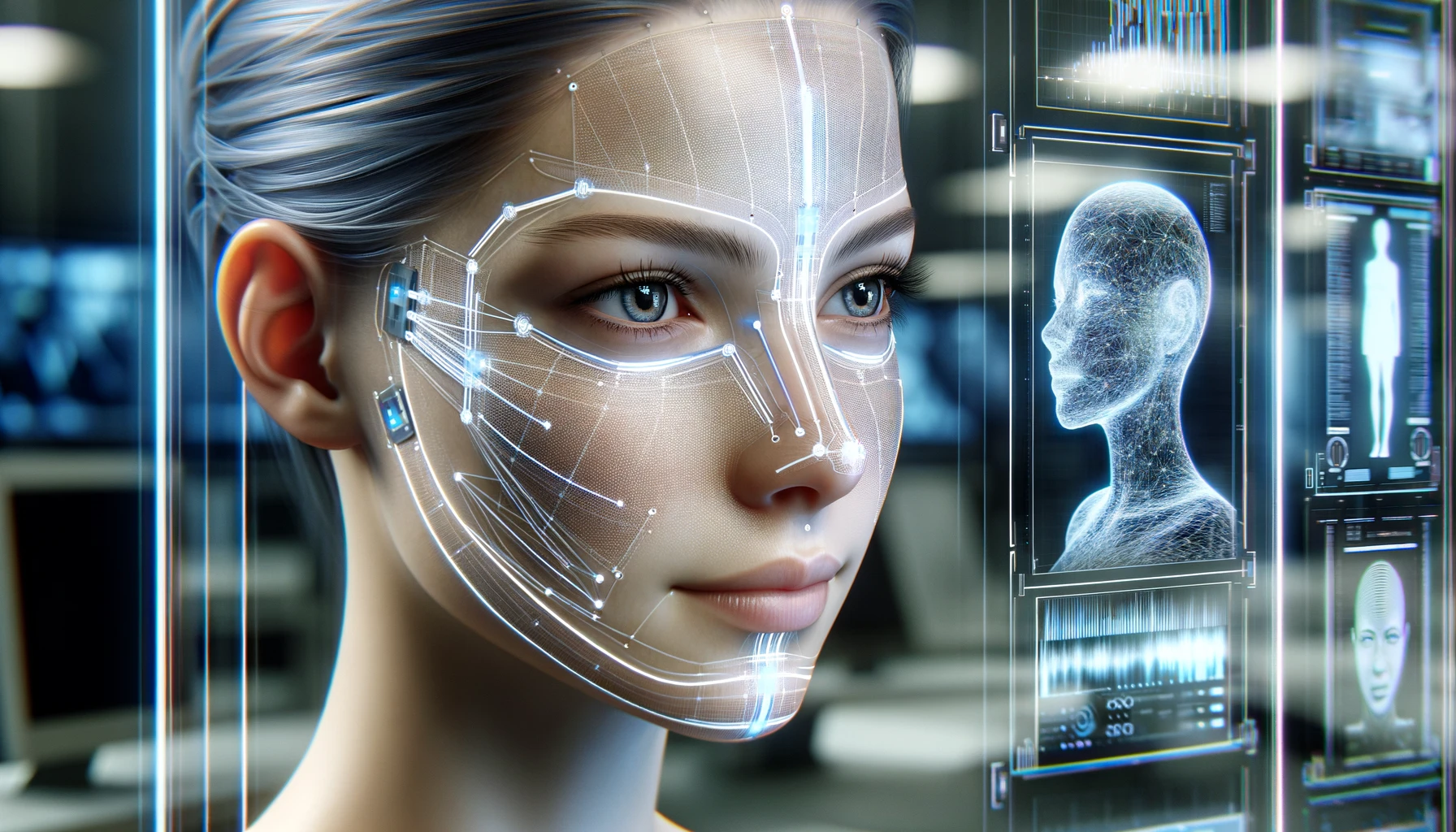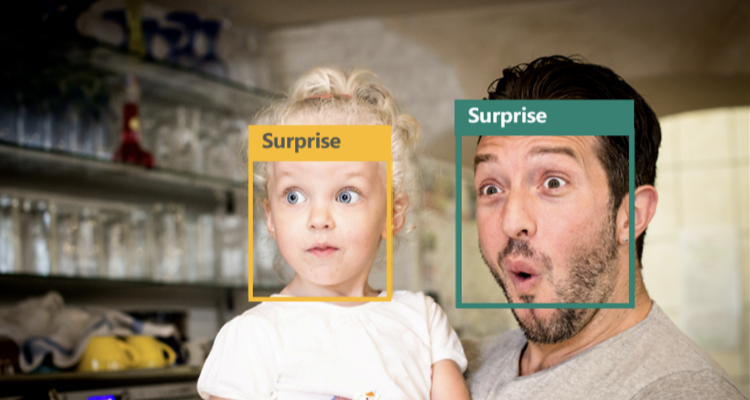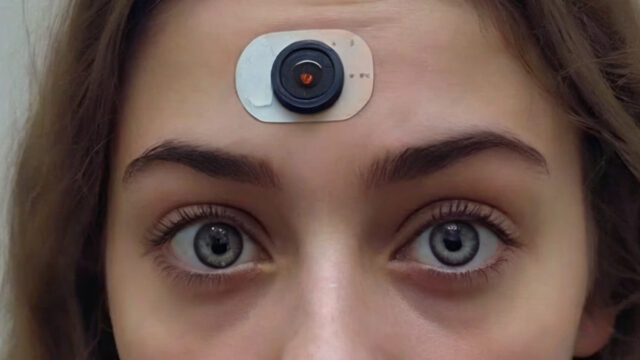Researchers from Ulsan National Institute of Science and Technology (UNIST) have taken an important step towards the full integration of humanoid robots into society. Newly developed wearable facial sensors have the ability to read human beings’ complex emotional states and respond accordingly. Here are the details…
These wearable face sensors understand emotions
Robots may have impressive abilities in many areas, but they are still quite limited in their ability to truly understand human emotions. This new system developed by UNIST researchers can contribute to the rapid advancement of technological emotional intelligence.
The research team developed a flexible wearable facial system that produces its own energy and can monitor skin friction and vibration. This system consists of thin, transparent, flexible sensors that are attached to the left and right sides of the face.
Each sensor is attached between the eye and ear, and its branches extend over and around the eyes, to the chin and the back of the head. The team states that these sensors can be produced specifically for any face.
A new step in understanding human emotions
Once the sensors are deployed, they connect to an integrated system that learns to encode human emotions by analyzing facial tension patterns and sound vibrations. Unlike other similar systems, this system generates its own power entirely based on the piezoelectric principle by stretching the sensor material.

This means the sensors can be worn all day long without needing charging. The UNIST team has successfully applied this technology in VR environments. During the testing process, the researchers used the new emotional detection system, which can offer book, music and movie recommendations based on emotional state.
There is no need to say or write the mood
This means VR headsets in the future could track our emotions and adjust our virtual worlds accordingly. UNIST’s work stands out as the latest example of efforts to make technology more responsive to its human users.

These new wearable facial sensors represent an important step in technological advances towards better understanding human emotions. As a species that experiences a wide range of human emotions, we are eagerly awaiting how we will interact with such technologies in every aspect of our lives and what the consequences of this interaction will be.

